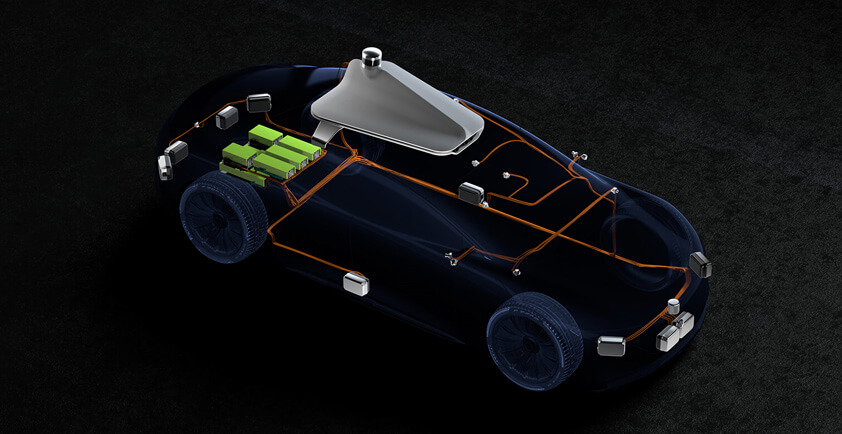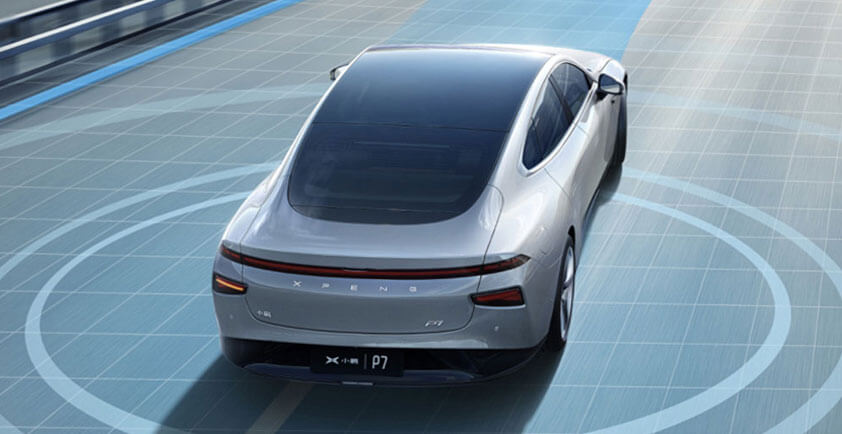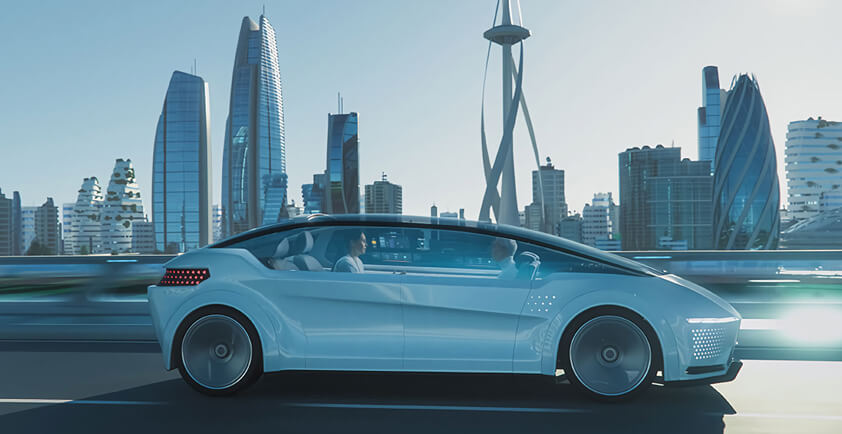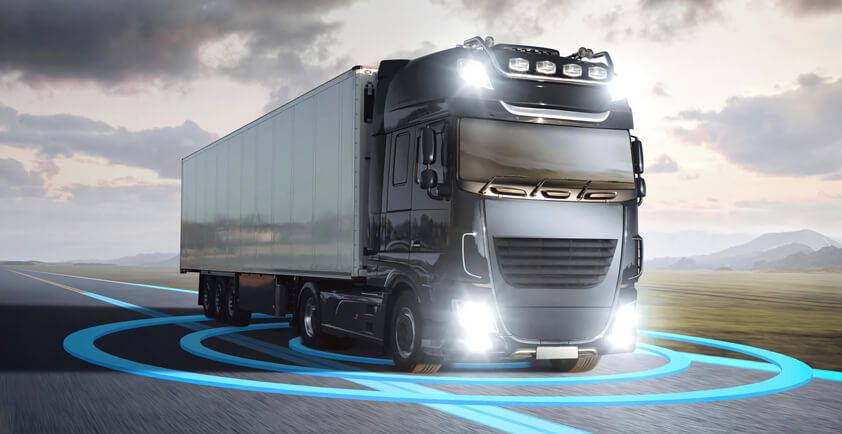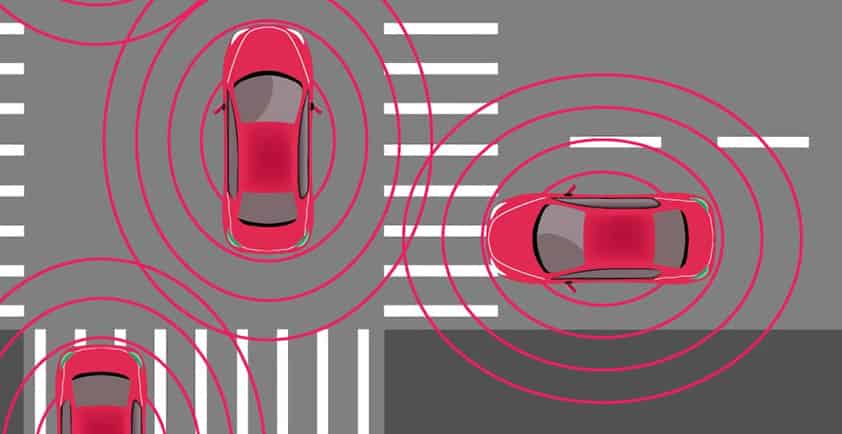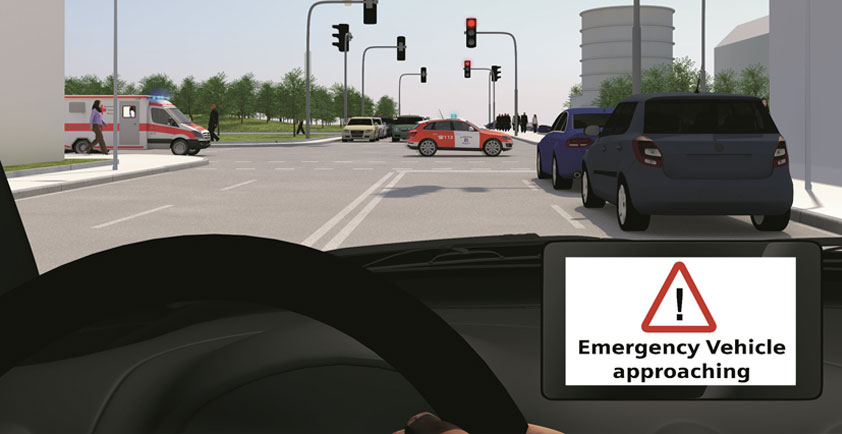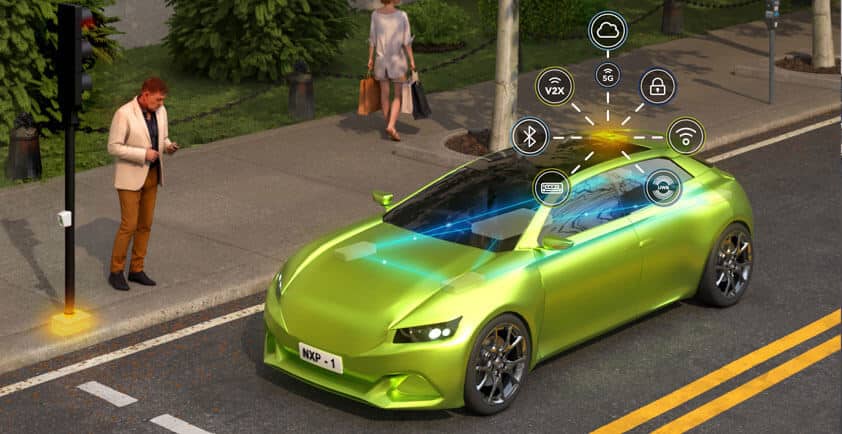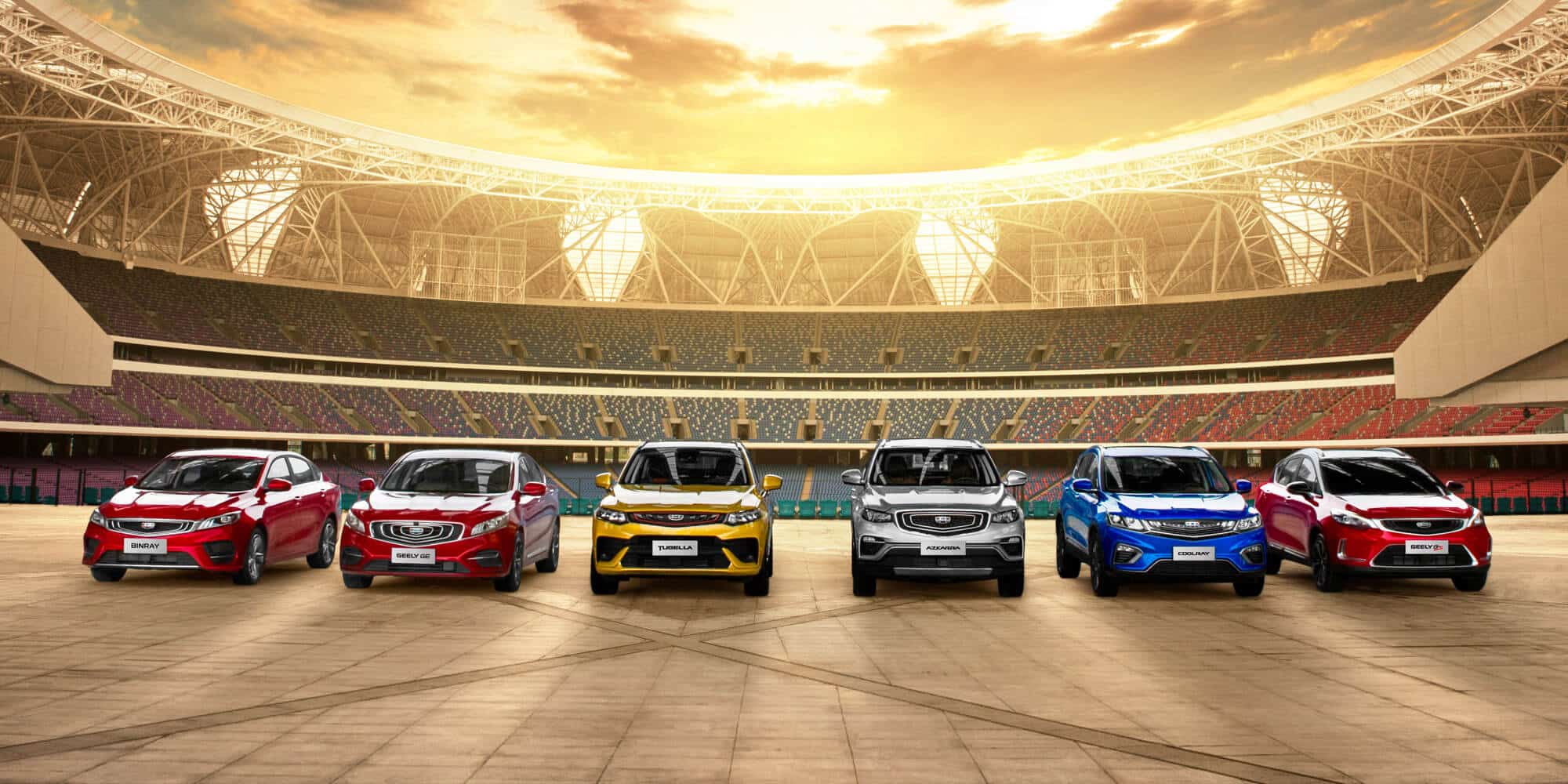

U-BLOX AND GEESPACE PARTNER TO EXTEND GEELY GROUP’S HIGH PRECISION POSITIONING SOLUTIONS IN THE USA AND EUROPE
>> The partnership will help to grow global adoption of the u-blox PointPerfect high precision positioning service in particular for automotive applications.
Thalwil, Switzerland – u-blox, a leading global provider of positioning and wireless communication technologies and services, and Geespace, the world’s leading provider of AICT (aerospace information and communications) infrastructure and application solutions, are announcing the signing of an MoU on the expansion of their respective augmentation services for high precision applications. Both partners will be able to extend their service offering to the US, European, and Chinese markets, primarily in the automotive sector.
The rise of reliable and cost-effective high precision positioning has improved the accuracy of global navigation satellite system (GNSS) solutions to the order of tens of centimeters, enabling a plethora of new applications in automotive, as well as industrial and robotics segments. Global adoption has, however, been hampered by a fragmentation of the augmentation services landscape. For global adoption to become a reality, worldwide coverage is required, as is unified pricing and business models designed to serve mass-market high precision solutions for automotive and industrial customers operating on a global scale. The resulting differences in technical specifications have also complexified the development of such solutions requiring different services.
The MoU between u-blox and Geespace seeks to create a combined offering that will enable both companies to offer full-stack high precision positioning software and hardware solutions to customers across the US, European, and Chinese markets. Furthermore, it will enable Geespace, which provides automotive GNSS augmentation services to its parent company Geely Group, to use the u-blox PointPerfect GNSS augmentation service to grow its coverage to serve Geely’s automotive brands.
Meanwhile it will enable u-blox to expand the coverage of the PointPerfect service to offer their customers a comprehensive high precision solution for products sold in China, and benefit from simplified development and logistics efforts.
"We are proud to enter into this partnership with u-blox, a reliable and innovative provider with a long history in GNSS products and solutions. Through this partnership, we aim to provide a very competitive and comprehensive solution to support our automotive market in the USA and Europe, and to support the level of technological innovation our customers and car drivers expect from our products." says Ding Sheng, CTO at Geespace.
"This partnership with Geespace is a cornerstone to our plans of expanding our services and solutions in the APAC region. With this expansion u-blox will be able to offer PointPerfect and high precision solutions to all our American and European customers that have products ready for the Chinese market. At the same time, we will create an alliance with one of the most successful car makers in the automotive industry," says Franco de Lorenzo, Principal Product Owner, Product Center Services, at u-blox.
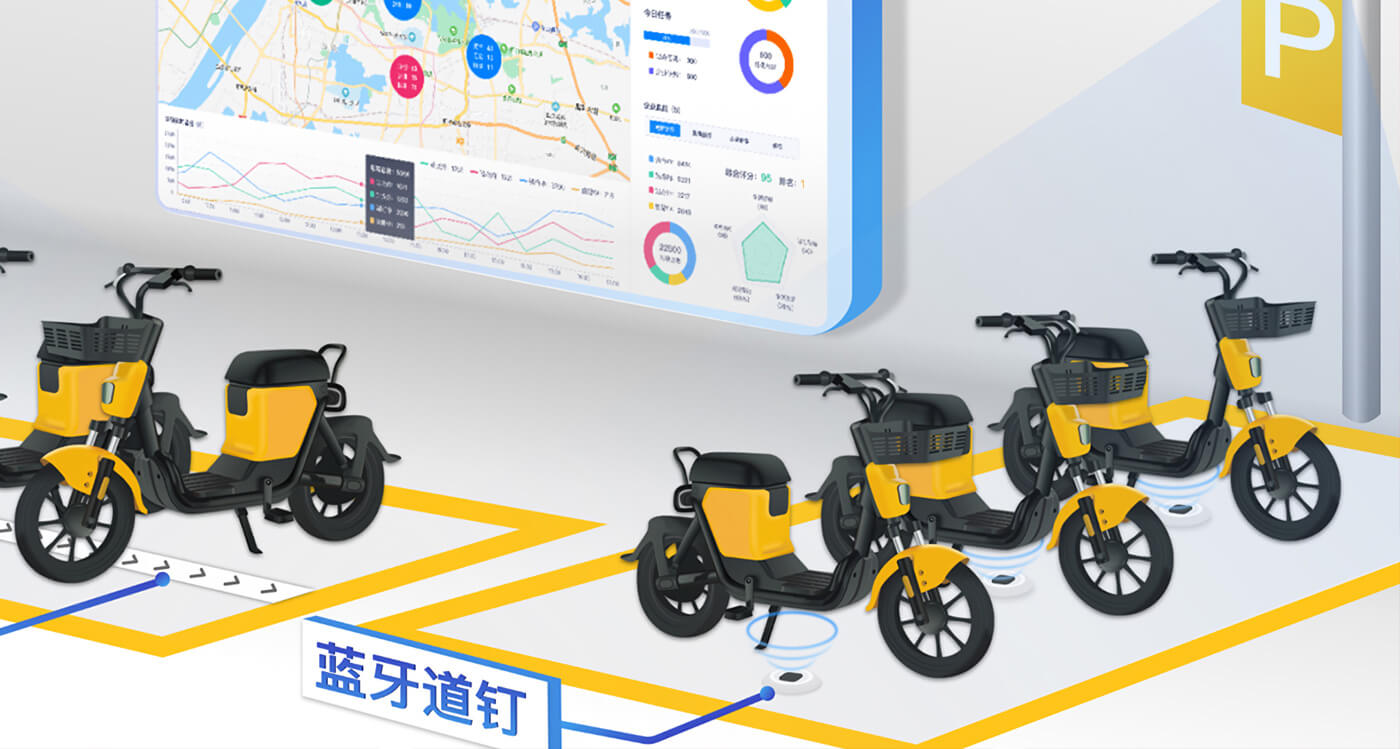
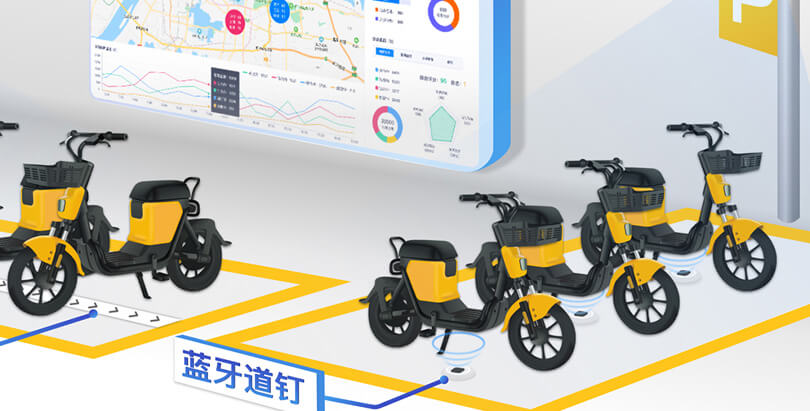
XIAOAN IMPROVES THE POSITIONING PERFORMANCE OF SHARED ELECTRIC BICYCLES WITH U-BLOX TECHNOLOGY
>> Xiaoan Technology’s AT-MX intelligent control system relies on u-blox M10 GNSS technology to meet the increasingly stringent requirements of standardized urban transportation operations.
Thalwil, Switzerland – u-blox, a leading global provider of positioning and wireless communication technologies and services, and Xiaoan Technology Co., Ltd., a developer of intelligent solutions for two-wheeled vehicles, have announced their partnership in the development of the AT-MX intelligent control system for shared electric bicycles.
AT-MX uses the latest ultra-low-power u-blox M10 GNSS technology to enhance the positioning performance of their fleet for improved compliance with increasingly stringent
Chinese policy requirements.
The growing popularity of shared micromobility solutions for short-distance urban travel has led municipal authorities around the world to introduce new legislation to mitigate their perceived negative impacts, for instance, with restrictions on where users can drive and park their vehicles. Meanwhile, vehicle operators and maintenance personnel need to efficiently locate vehicles requiring maintenance and gather reliable vehicle usage data to balance bicycle placement and operational safety.
Enforcing regulatory compliance and optimizing operations both require the safe, accurate, and efficient bicycle positioning solutions that Xiaoan Technology has become well known for.
Five years of fruitful collaboration
AT-MX is the latest solution to come out of five years of close collaboration between u-blox and Xiaoan Technology. The intelligent central control system is an electronic control unit (ECU) specifically designed to improve the position accuracy of shared motorcycles and electric bicycles.
"After comparing the vast majority of positioning chips on the market, we concluded that the u-blox M10’s performance was the best in the industry," says Aaron Liu, COO, Wuhan Xiaoan Technology. "Throughout our collaboration, u-blox extensively provided technical support and assistance from senior experts and testing solutions."
"We’re excited to see Xiaoan Technology roll out the AT-MX with its built-in u-blox M10 GNSS chip. Long-term relationships such as the one we’ve had with Xiaoan Technology are essential to us at u-blox. By better understanding our customers’ pain points and needs, we can continuously improve our products," says Bernd Heidtmann, Product Manager, Product Strategy for Standard Precision GNSS at u-blox.
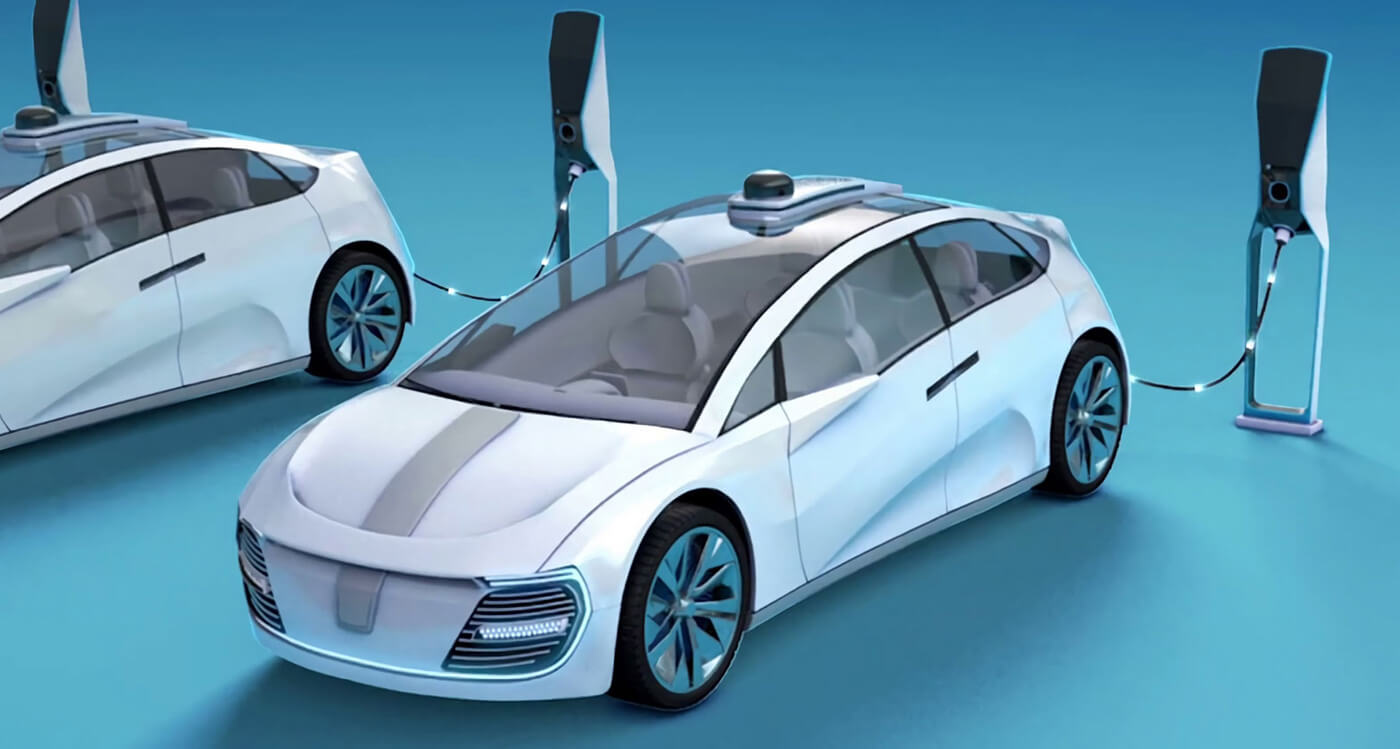
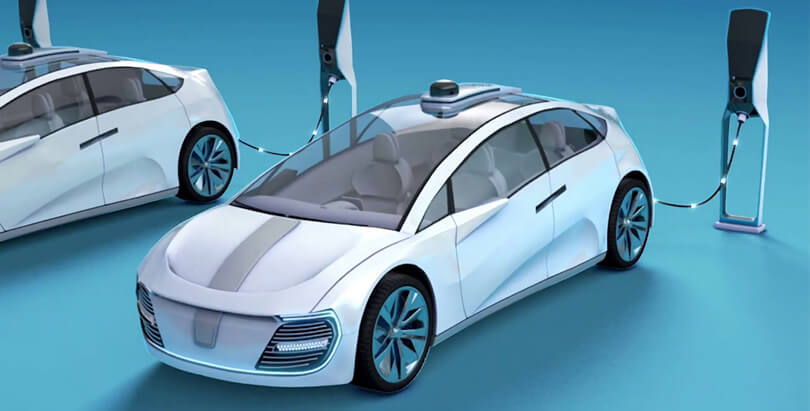
WIRELESS COMMUNICATION TAKES ELECTRIC VEHICLE CHARGING INFRASTRUCTURE TO THE NEXT LEVEL
>> Topping up electric vehicle batteries needs to be simple, secure, and reliable, not only for drivers, but also for mobility operators and power utilities. As laid out in a recent webinar, wireless communication looks set to solve key parts of this challenge.
Around the world, the electrification of road vehicles shows no signs of slowing down. Driven by their reduced environmental impact, low operational and maintenance costs, and, crucially, government monetary and non-monetary subsidies, a growing number of individuals and businesses are opting for electric vehicles (EVs) over vehicles powered by conventional internal combustion engines.
By 2030, there be roughly 136 million EVs on our streets. Even as the fraction of EVs remains low, their cumulative mileage will increase faster relative to conventional vehicles due to higher utilization rates of vehicles in car-sharing schemes, taxi fleets, and rental cars.
But competing against internal combustion engine-powered cars in terms of cost, comfort, and convenience was never going to easy. The EV industry has come a long way over the past decade, but conventional automobile.
It is, therefore, hardly a surprise that the EV service equipment (EVSE) market is booming, with EV charging poles making up a considerable chunk of that demand. The EVSE market is predicted to achieve a compound annual growth rate of 36 percent from 2021 to 2030 according to ABI Research, as homes, workplaces, commercial and public venues, and roadside refueling stations expand their offering.
Wireless connectivity will be key to convenience and efficiency
By 2024, 58 percent of EV charging poles are expected to be networked with cellular or Wi-Fi technology. Bluetooth, too, will find a place in EV charging solutions, making them more user-friendly and interactive. In a recent webinar, we laid out why wireless connectivity is becoming a key enabler of EV charging infrastructure.
By using Wi-Fi, Bluetooth, and cellular technology to communicate wirelessly between the EV, the user, and the charging infrastructure, charging stations are becoming much more than just a charger. In both wired and wireless charging setups, Wi-Fi and cellular technology are establishing themselves as the most efficient solutions to connect to the cloud for intelligent control of the charging process.
At the same time, wireless communication is enabling a slew of new services targeting users – connecting with the user’s infotainment system, providing information on the charging infrastructure, simplifying and securing billing, and more. The upside is arguable even bigger for EVSE providers, who gain insight into the status and performance of their infrastructure to optimize charging time, power consumption, and costs, and identify and fix faulty equipment before it fails.
u-blox: The fast track to developing connected EVSE solutions
In the webinar, you’ll learn how u-blox can put you on the fast track to developing EVSE solutions. Find out which wireless communication technology best meets your specific needs, whether you’re developing entry-level to mid-tier RTOS based platforms or more sophisticated mid- to high-end LINUX-based ones. You’ll come out with a deeper understanding of the various flavors of 4G LTE cellular technology and Bluetooth and Wi-Fi connectivity.
You’ll also get to know our portfolio of development tools including evaluation kits that demonstrate the capabilities of our products, application boards that demonstrate how they can be applied in specific use cases, and blueprints that can serve as reference designs. More recently, we’ve released a selection of M.2 cards that let you easily test our host-based Wi-Fi modules, the JODY-W2, the JODY-W3, and the MAYA-W1, using a wide range of NXP’s i.MX evaluation boards.


